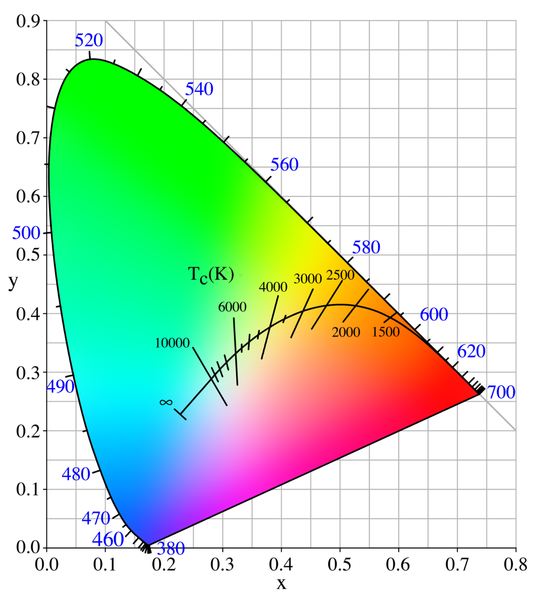If the sun's surface would be hotter, then - instead of being white - it would look more bluish-white.
Even if it would be much hotter, and the spectral peak would be in far ultra-violet, then the visible part of the spectrum still would make it look bluish-white for our eyes.
This graphic from Wikipedia: Color temperature visualizes how the color of a Planckian light source depends on its temperature $T$.
Actually there are stars with such high temperatures:
B-type stars (with $T > 10000 \text{ K}$)
and O-type stars (with $T > 30000 \text{ K}$).

